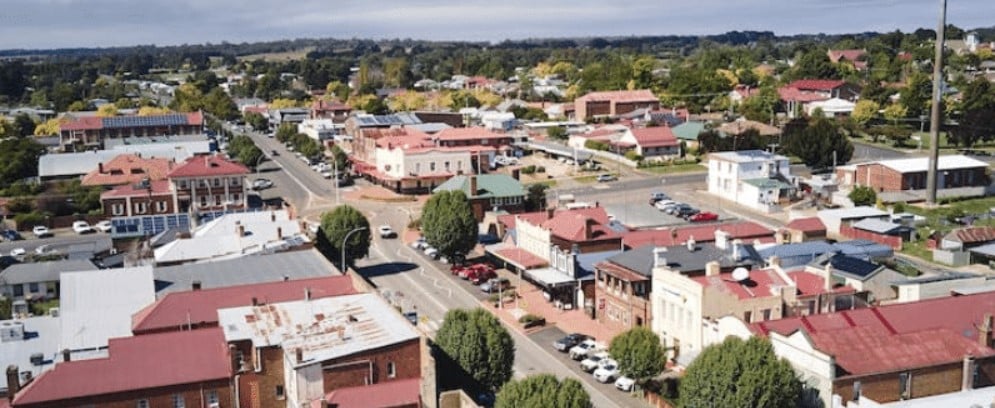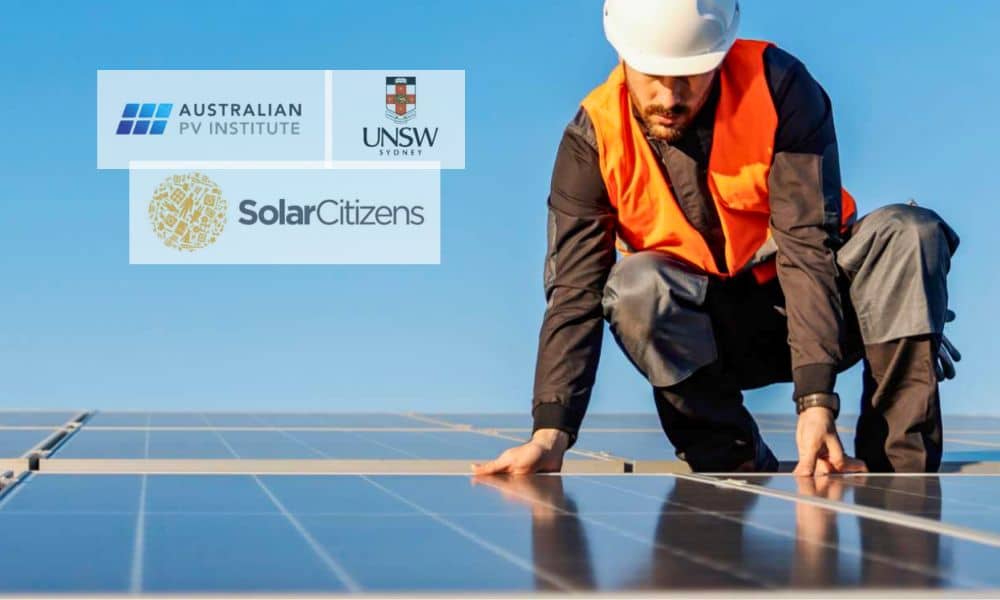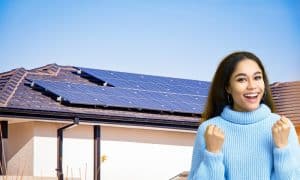Access to affordable and sustainable energy sources is a pressing concern today. In New South Wales (NSW), social housing is vital in providing shelter for vulnerable communities. However, the energy needs of these residents often come at a high cost, both financially and environmentally. This article aims to shed light on the solar energy possibilities within this sector and propose solutions to harness this untapped potential.
Are you looking to save money on your electricity bills and reduce your carbon footprint? Solar energy is the perfect solution! Energy Matters can help you get up to 3 FREE quotes from pre-qualified and vetted solar firms in your area.
Energy Matters has been a leader in the renewable energy industry since 2005 and has helped over 40,000 Australian households in their journey to energy independence. With Energy Matters, you can be sure you’re getting the best possible deal on solar energy. We only work with reputable solar firms with a proven track record of delivering high-quality solar systems.
Savings of $860 per household per year through the NSW social housing
The new modelling done by the Australian PV Institute and the University of New South Wales and research conducted by Solar Citizens, the rooftop solar potential of social housing in NSW might be as high as 650 Megawatts (MW), of which less than 50MW is currently used. Deploying this solar PV could generate 769 GWh of electricity annually, reducing the state’s greenhouse gas emissions by 10.6 Megatonnes over 20 years. This shows the untapped potential of NSW’s rooftop solar capacity for social housing.
The modelling, rooftop solar for social housing, would reduce energy bills for some of the state’s most vulnerable energy consumers, saving an average of $860 per household annually while securing the state’s electricity supply.
National Director of Solar Citizens, Heidi Lee Douglas, said: “Rolling out solar on social housing would save low-income households and average $860 per year, whilst contributing cheap, clean energy back to the grid, and providing additional grid security benefits if backed by batteries networked through a Virtual Power Plant.”
“The Government should be maintaining its own assets and taking responsibility for the thermal comfort and the cost-of-living faced by their tenants. Low-income households would be saving around $860 each year”
“This is yet more evidence that household solar and batteries will provide clean, cheap energy and provide the energy security needed to close old, dirty coal plants like Eraring, saving the NSW government hundreds of millions of dollars each year.”
The report provides a detailed analysis of the solar potential of social and community housing in NSW, broken down by the Commonwealth Electoral Division and State Electoral Division. It also compares the findings from two different data sources, the Australian Bureau of Statistics (ABS) and the Australian Institute of Health and Welfare (AIHW).
Key findings
- NSW social and community housing has the potential to host 650 MW of rooftop solar PV, of which less than 50 MW is currently installed.
- This could generate 769 GWh of electricity annually, reduce greenhouse gas emissions by 10.6 Megatonnes over 20 years, and create 3,100 job-years in skilled employment.
- The initial investment of $532 million would be recovered within 4.2 years, with average payback periods for individual systems of less than four years for separate houses, 3.5 years for semi-detached houses, and 5.5 years for apartments.
Source&Images: Social Citizens Media Releases
Are you tired of being the last to know about renewable energy updates? Did you miss out on a state rebate or incentive? Looking to find out more about how you can save on your utility bills? Subscribe to Energy Matters’ weekly newsletter and keep updated with Australian and international news, incentives, and offers.

The untapped potential could have far-reaching benefits
The social and community housing sector in New South Wales (NSW) holds significant untapped rooftop solar potential, which has been utilised.
Job creation: The implementation of solar installations on social housing rooftops has the potential to create 619 job opportunities over five years.
Financial relief: Solar installations could save approximately 150,000 households an average of $860 annually, resulting in a total bill savings of $127 million annually over 20 years, with an initial investment of $115 million annually for five years.
Electricity generation: The solar systems could generate 769 Gigawatt-hours (GWh) of electricity annually, contributing approximately 1.1% of the total annual generation within the National Electricity Market.
Greenhouse gas reduction: Over a 20-year operational life, these systems could offset approximately 10.6 Megatonnes of greenhouse gas emissions, contributing to the urgent decarbonisation of the electricity system.
Still can’t afford to switch to solar power?
Are you considering getting solar panels but are currently short on funds? You can still invest wisely, and Energy Matters can help you.
Powow and Energy Matters have teamed up to provide consumers with an alternative to switching to solar power and battery storage.
The biggest obstacle to installing solar and battery storage is typically finance. With Powow’s PPA and VPP, our customers will have a $0 upfront option and financial stability in the uncertain energy market.
Get up to 3 obligation-free quotes by getting in touch with us right away. Find out what payment plan options suit your needs and budget!
Check out our page for Powow: Power Purchase Agreement (PPA) and Virtual Power Plant (VPP).













































